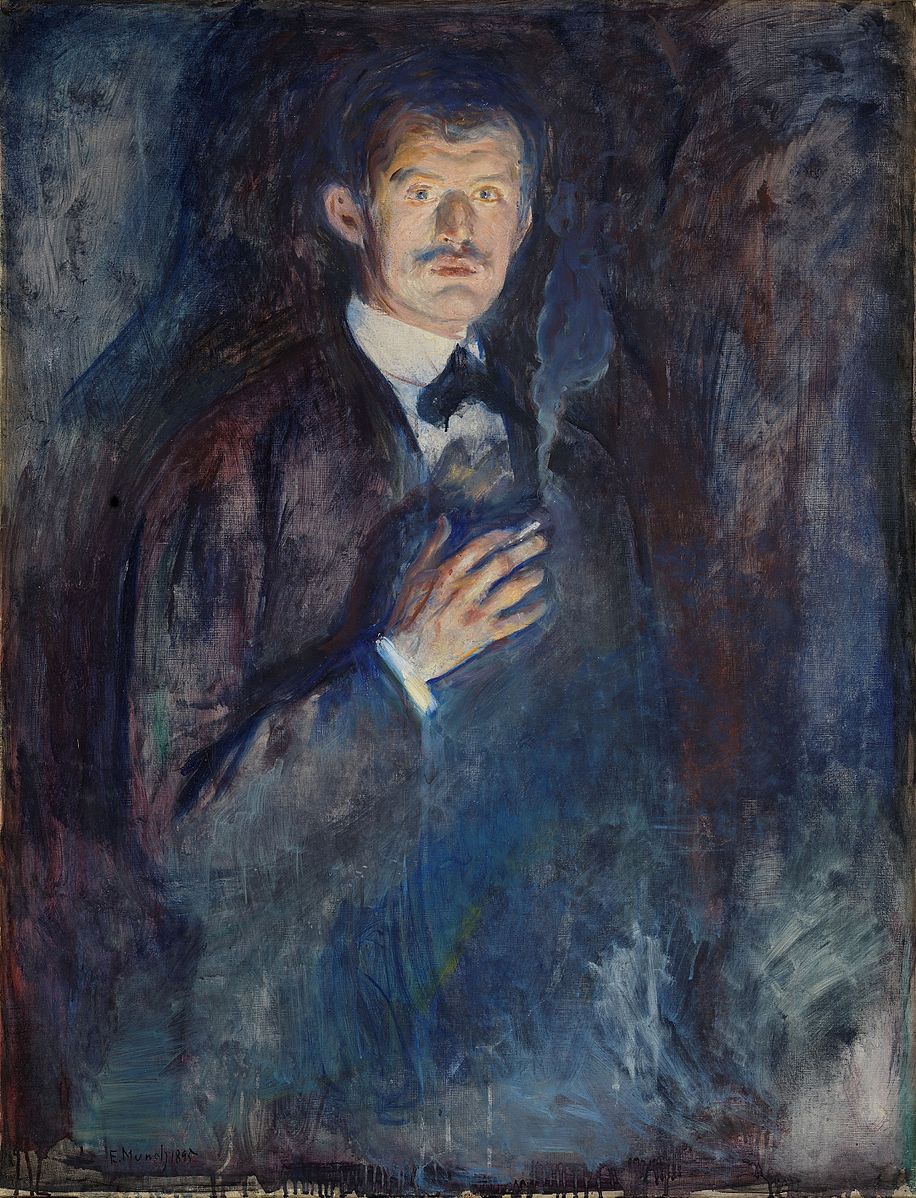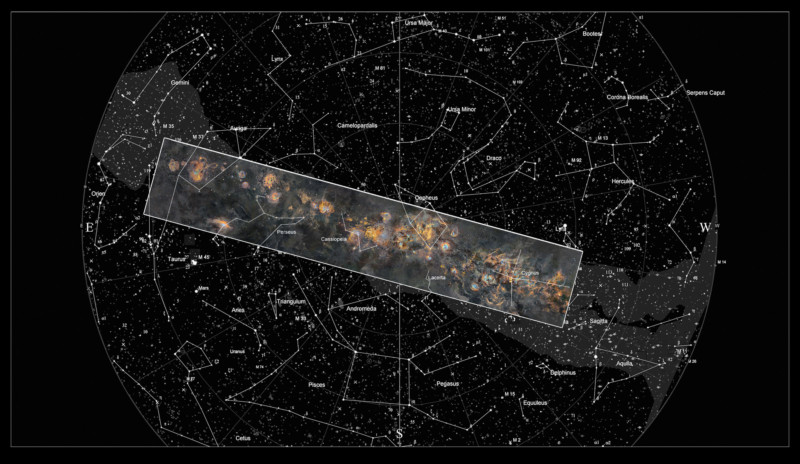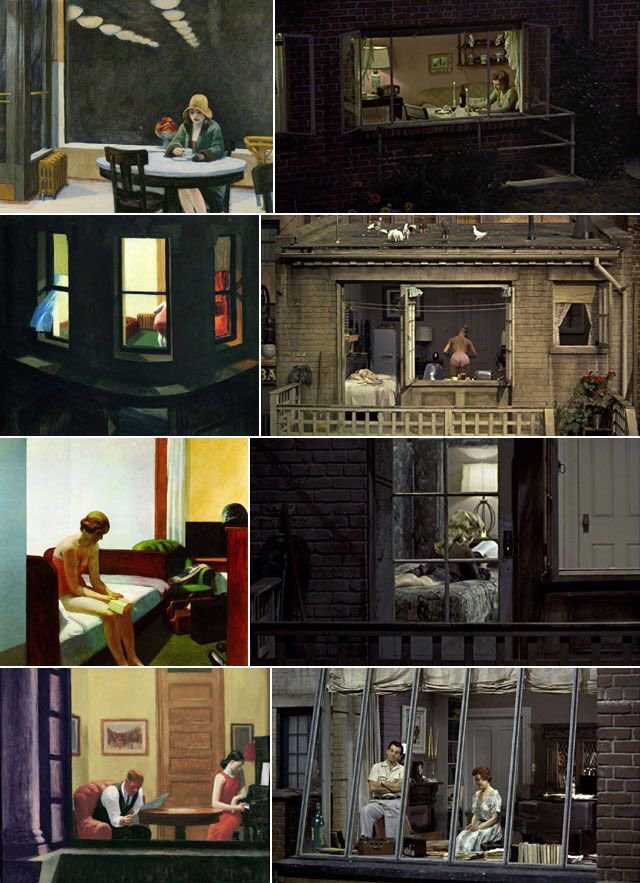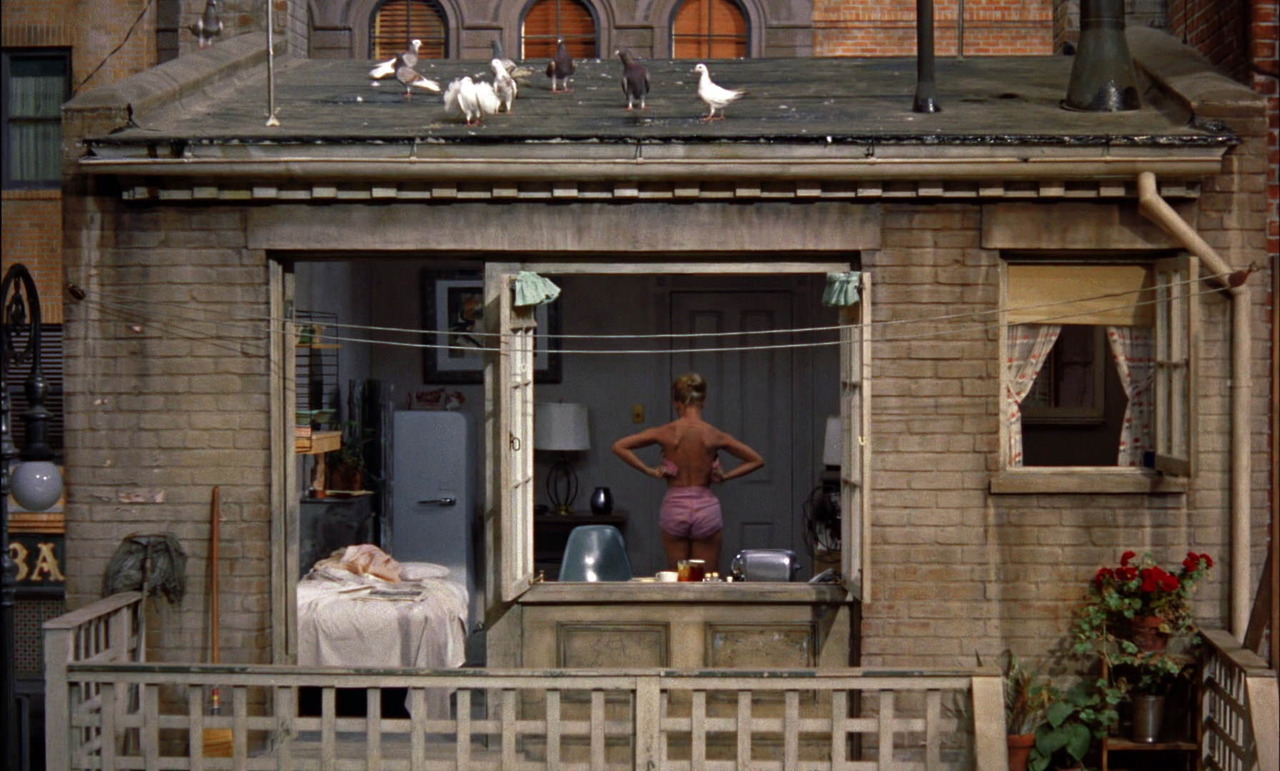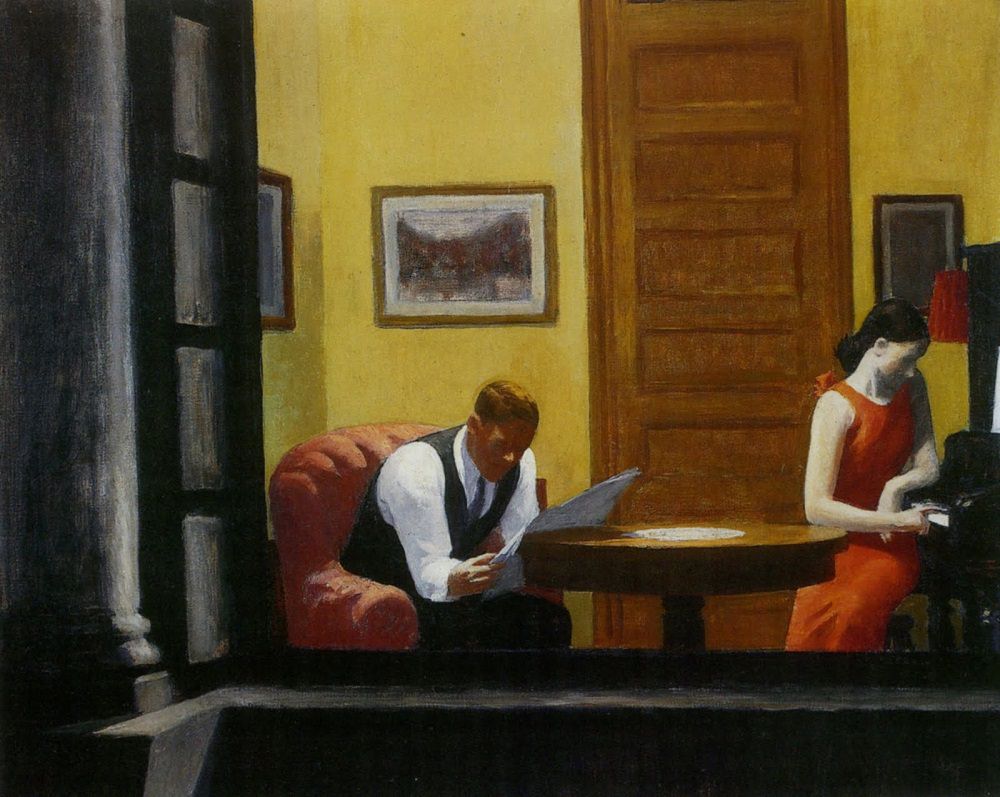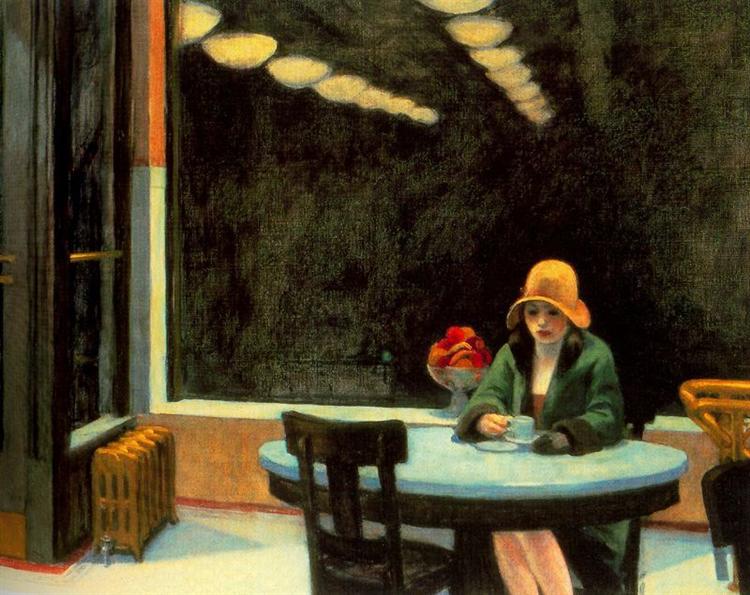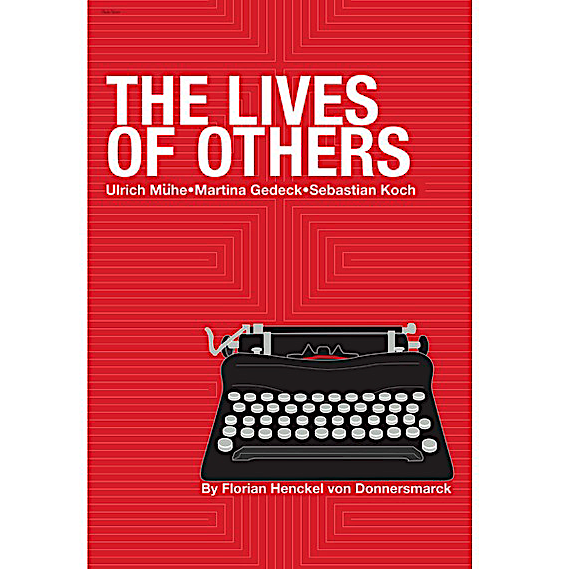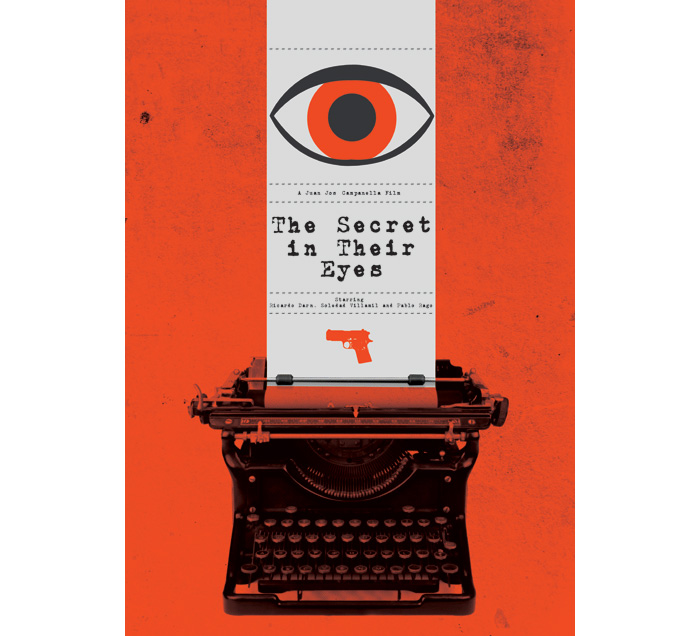From a port settlement on the banks of the Thames that the Romans called Londinium came a thriving city of “roughly 100,000 people” in Shakespeare’s time, “a cross-section of early modern English culture,” the British Library notes, including “royalty, nobility, merchants, artisans, laborers, actors, beggars, thieves, and spies, as well as refugees from political and religious persecution on the continent.” The city thrived economically and merchants from the known world passed through its ports. “As a result, Londoners would hear a variety of accents and languages as they strolled about the city — a chorus of voices from across Europe and from all walks of life.”
The chorus of voices became a cacophony for many Londoners in the following century who resurrected a pastoral ideal and/or retired to the countryside in the 1600s. The city swelled to a population of around half a million. “It is also a period during which a high proportion of London’s inhabitants were migrants,” writes the Proceedings of the Old Bailey. “It was only by maintaining this constant influx that the capital could possibly maintain its population growth,” slow as it was. “London’s population in this period was also characterized by its diversity,” and by stagnation as plague and fire devastated the city throughout the century.
The city’s cosmopolitan communities grew as England became a colonial world power. Neoclassical art and architecture beautified the city’s new wealth, and along with wealth came poverty, overcrowding, immiseration, and crime. “Here malice, rapine, accident, conspire; and now a rabble, now a fire,” wrote Samuel Johnson in “London,” (1738), a poem written in imitation of Juvenal’s satire on Imperial Rome. In his “London” over half a century later, William Blake saw “marks of weakness, marks of woe” on every face he met in the city — beginning a protest tradition that reached its zenith during the massive population growth in Dickens’ time, and found new voice in glam, punk, grime, etc.
People have come from all over the world to make their home in London for centuries. Each wave of migrants has had to navigate the city’s class hierarchies — through plagues, fires, the Blitz, strikes, riots, protests, more fires, Brexit.… London has burned, “London is drowning,” sang Joe Strummer. But London remains, a megacity of nearly 9 million. In the video above, you can see the city’s growth mapped over a period of 2,000 years, from the Romans to the Saxons; from Tudor to Stuart, early and late Georgian, early and late Victorian, and into the wartorn 20th century.
Related Content:
Fly Through 17th-Century London’s Gritty Streets with Prize-Winning Animations
The Oldest Known Footage of London (1890–1920) Features the City’s Great Landmarks
Josh Jones is a writer and musician based in Durham, NC. Follow him at @jdmagness
